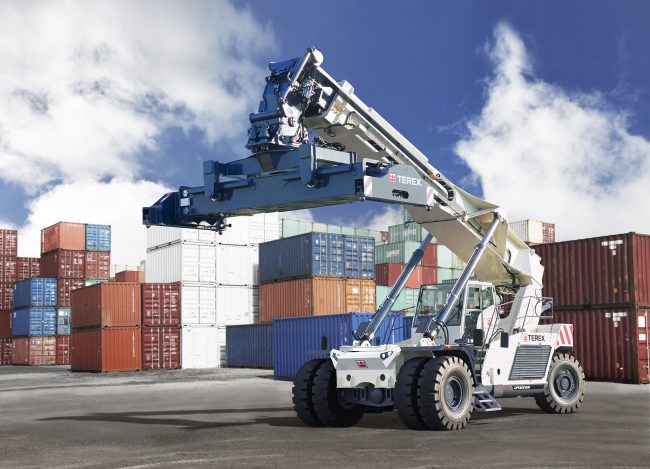
Cubic Inches/1728 = Cubic Feet (87,360/1728 = 50.6 Cubic Feet)
Here you divide the unit’s weight by the volume:
243.2 lbs. /50.6 cubic feet = 4.8 lbs per cubic foot
Things To Remember:
Density is the primary key in determining freight class, however, the characteristics in some cases have a very profound effect on the class and therefore the cost.
Simply put, the density is the pounds per cubic foot of your item. Typically, lower freight classes represent items of higher density and therefore a lower cost.
Conclusion
To sum it up, the knowledge of freight class codes can help you determine the cost of the cargo your company is transporting.
Generally speaking, knowing the classes and details about freight, results in providing efficient and economical shipping for clients.






